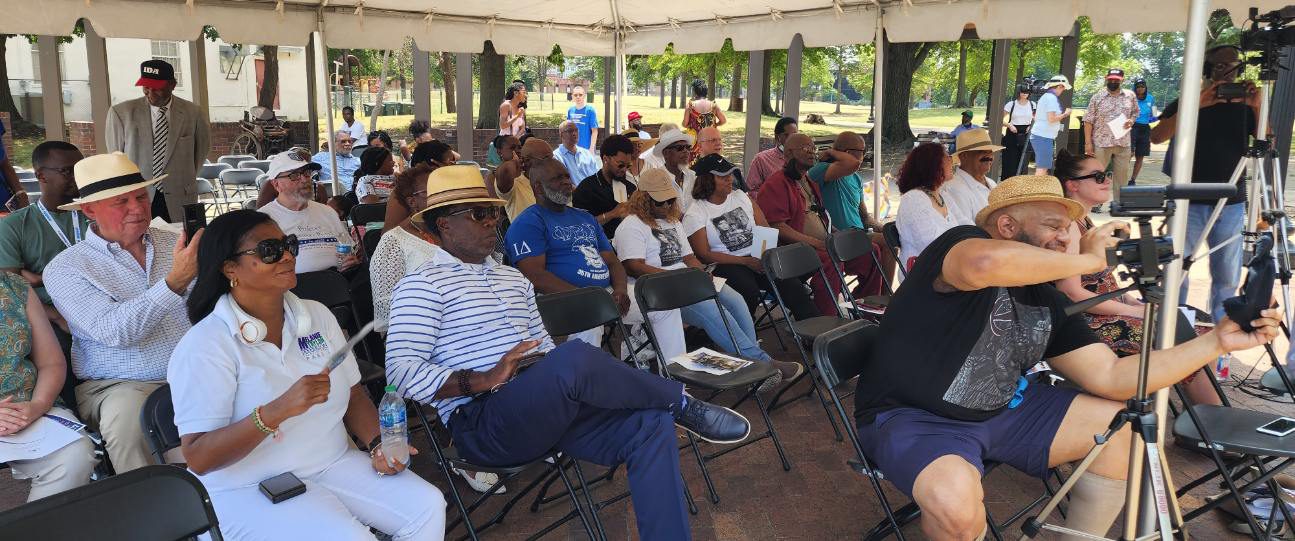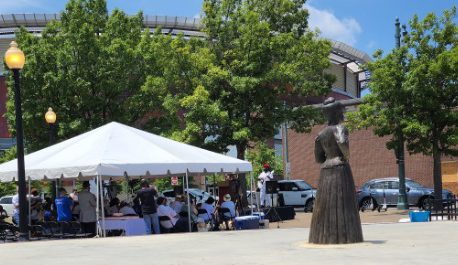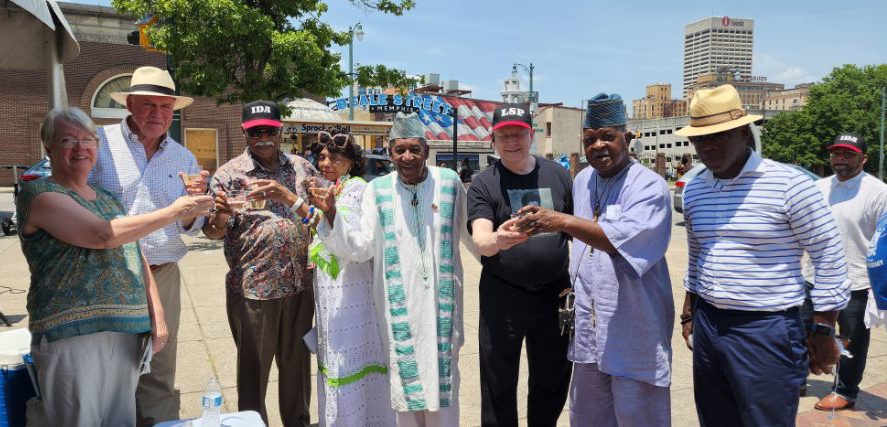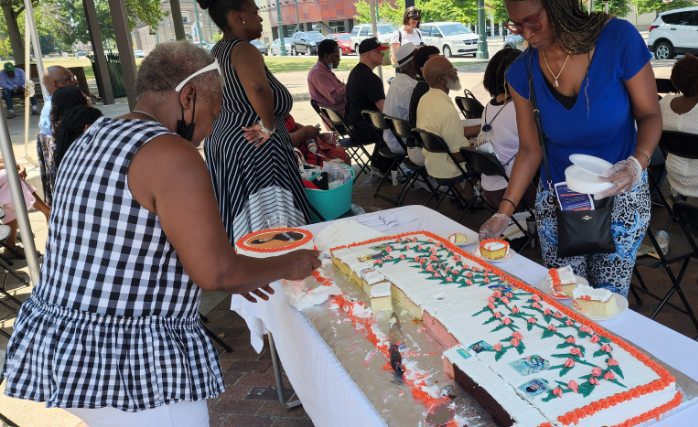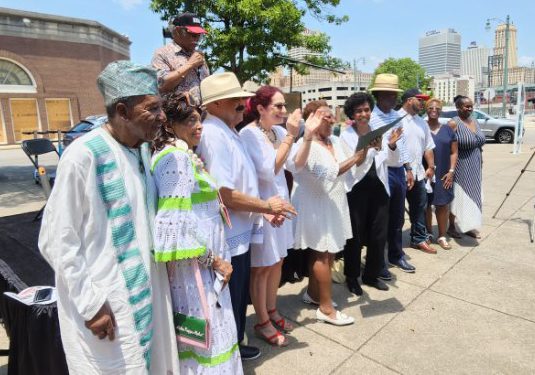Phase II – the next leg as Memphis moves to “make it right” with anti-lynching crusader Ida B. Wells-Barnett – is on track for an unveiling at the end of the year.
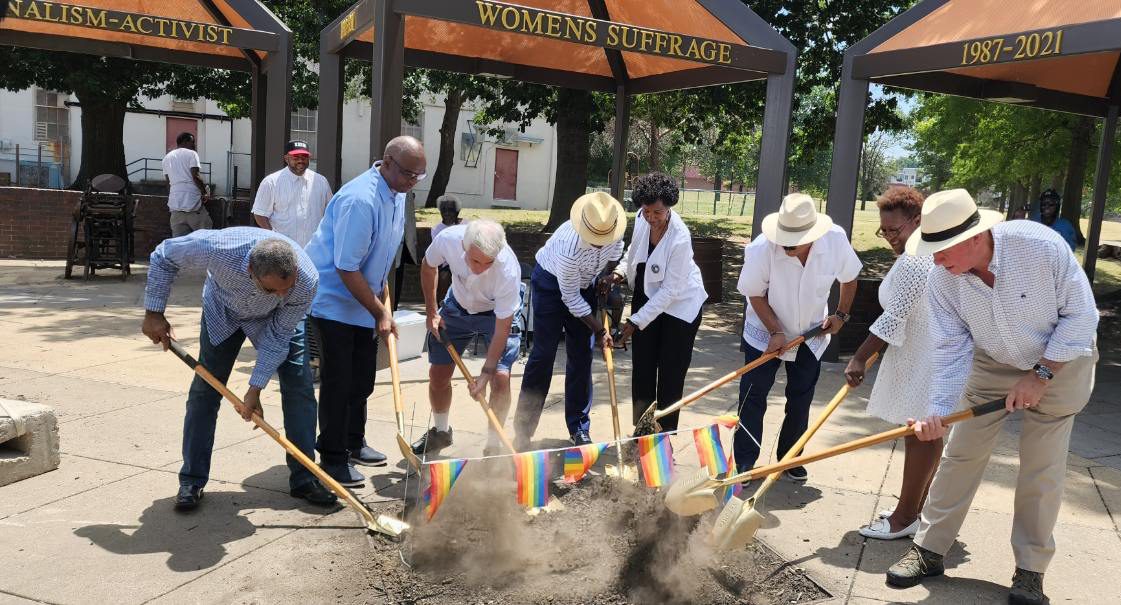
When complete, the Memphis Memorial Committee and its chief spokesman, the Rev. Dr. L. LaSimba M. Gray Jr., will have stepped closer to elevating an enhanced national appreciation for Wells-Barnett and her yeoman work, much of it anchored in Memphis.
Ida B. Wells Plaza, which has a likeness of her that crowns the intersection of Beale St. and what now is Ida B. Wells-Barnett St., opened last July. Multiple media outlets from myriad parts of the country converged in Downtown Memphis to chronicle the unveiling.
Phase II enhancements to the memorial site were detailed last Saturday (July 16) during a celebration of the 160th anniversary of Wells-Barnett’s birth in Holly Springs, Miss. Collectively they will make for an interactive experience for visitors seeking an introduction to Wells-Barnett or a deeper understanding of the life and legacy that Gray and the Memphis Memorial Committee have vowed to enhance worldwide.
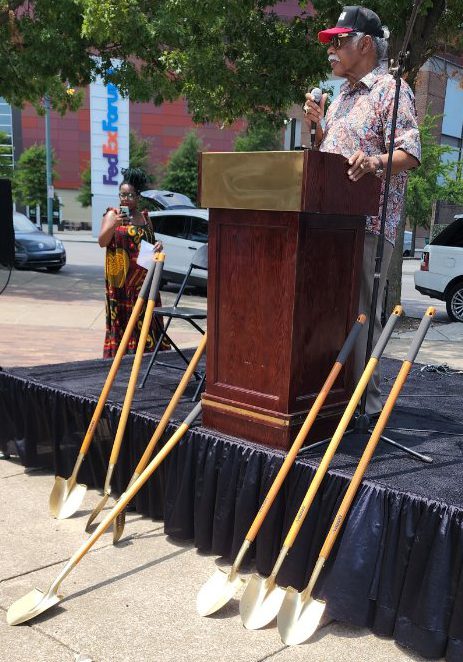
“(L)ast year was just the beginning. We want to continue building upon what was started,” said Gray, pastor emeritus of New Sardis Baptist Church and a noteworthy local civil rights figure in his own right.
“Ida B. Wells deserves a place of honor in Memphis. … Phase II enlarges on our vision to make her memory an integral part of the city she loved so well.”
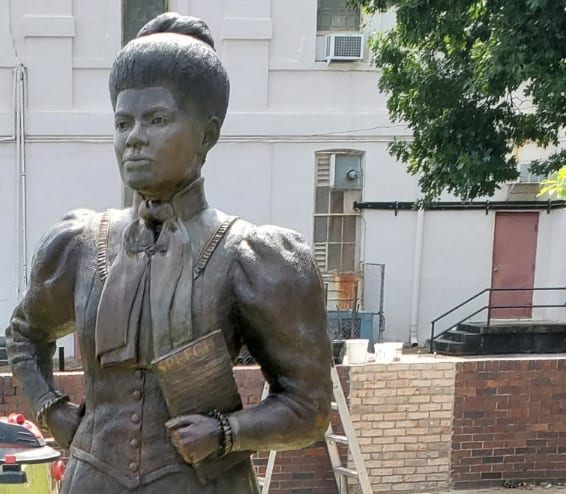
Born into slavery on July 16, 1862, Wells-Barnett evolved into a journalist and civil rights activist, who launched a relentless Memphis-based campaign against the widespread acceptance of lynching African Americans across the South.
In 1882, Wells moved to Memphis with her sisters to live with an aunt. She became a teacher, thus beginning her storied career in Memphis. When she fled, Wells settled in Chicago, where she lived the rest of her life. In 1895, she married Ferdinand Barnett, a renowned lawyer.
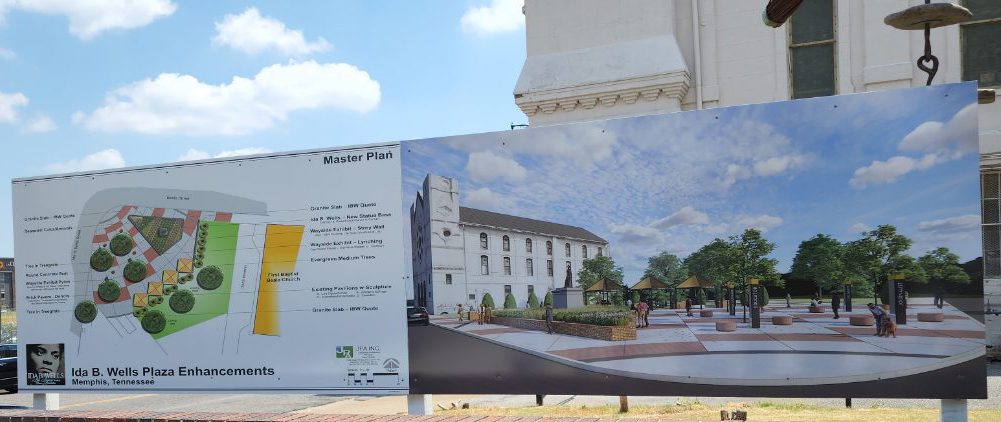
Adjacent to Ida B. Wells Plaza is First Baptist Church, Beale Street (Beale Street Baptist Church), which was built by a congregation of freed slaves. From a basement office in the church, Wells-Barnett published scathing, hard-hitting newspaper editorials that angered city leaders. Warned to stop publishing, she refused and, ultimately, was forced to flee Memphis to save her life.
Gray has long declared that Memphis had to “make it right.”
“After we opened the plaza last year, people were still asking who Ida B. Wells was,” said Gray. “And so, we began to devise plans to expand the plaza for a more interactive experience in learning who she was.”
The projected Phase II cost – $300,000 – is written into the City of Memphis budget.
“We are looking to host an unveiling at the end of the year and a second in 2023,” said Gray. “Phase I raised a lot of questions about Ida B. Wells. Phase II will answer those questions.
“At its completion, we want the plaza to not only educate our people here, but we envision the plaza becoming a tourist destination and important part of Memphis history.”
Phase II at a glance:
- Granite bands with quotes from Ida B. Wells-Barnett at plaza entrance;
- Placement of the existing statue on a pedestal, raising it up approximately 3 to 4 feet;
- Installation of lights around the statue for nighttime viewing;
- Donor walkway using ornamental, colorful concrete;
- Sculptural elements beneath the pavilions symbolizing the key areas of focus in Ida B. Wells-Barnett’s life – education, journalism, women’s suffrage and civil rights activist;
- Wayside/exhibit pillars expressing key facts about Ida B. Wells-Barnett’s work;
- Circular pods for seating and viewing the statue and exhibit pylons;
- Story wall sharing details about her childhood and young adult years.
Celebrating Ida B. Wells-Barnett Gallery (Photos: Tyrone P. Easley/The New Tri-State Defender)
